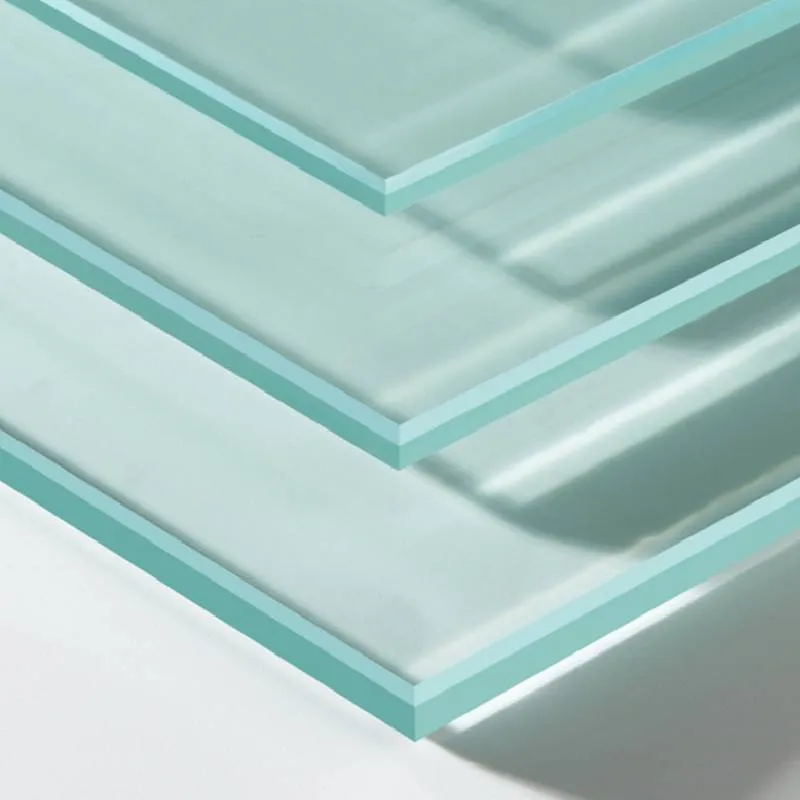The Allure of Fluted Glass Elegance and Versatility
Fluted glass, with its distinctive ribbed texture and reflective properties, has been captivating designers and homeowners alike for generations. This beautiful material not only adds an aesthetic charm to various spaces but also serves practical purposes that enhance its popularity in modern design.
The History of Fluted Glass
The origins of fluted glass can be traced back to traditional craftsmanship techniques, where artisans hand-blown glass to create intricate designs. The ribbing pattern was originally introduced to refract light beautifully, creating a mesmerizing play of shadows and highlights. Historically, fluted glass was used in a variety of applications, from architectural elements to decorative pieces, popular in both residential and commercial spaces.
Aesthetic Appeal
One of the primary reasons fluted glass is sought after is its visual appeal. The vertical grooves of the glass create a feeling of texture and depth, making it a wonderful addition to various design styles, from modern minimalist to classic vintage. When light passes through fluted glass, it causes a unique diffusion, softening the illumination and producing a warm, inviting ambiance. This feature makes fluted glass an ideal choice for light fixtures, windows, and even shower doors.
Modern designers have embraced fluted glass in numerous ways, incorporating it into cabinetry, tabletops, and decorative partitions. The versatility of fluted glass ensures that it complements different color schemes and materials, allowing it to seamlessly blend into any environment. It serves not only as a functional element but also as a striking focal point.
fluted glass
Practical Applications
Beyond its visual charm, fluted glass offers functional benefits. The textured surface helps to diffuse light, reducing glare and providing privacy without completely blocking the view. This makes it particularly popular in spaces where natural light is valued but unobtrusive sight lines are necessary, such as bathrooms or office partitions.
Fluted glass is also relatively easy to maintain. Its surface is less prone to showing fingerprints and smudges compared to smooth glass, making it a practical choice for frequently touched surfaces or objects. This durability and low maintenance enhance its appeal in high-traffic areas.
Sustainability and Eco-Friendliness
As sustainability becomes a growing concern in modern design, fluted glass stands out as an eco-friendly option. Glass is recyclable, and many manufacturers are adopting sustainable practices to minimize their environmental impact. When used thoughtfully, fluted glass can contribute to energy efficiency in buildings by maximally allowing natural light while reducing the need for artificial lighting.
In Conclusion
In summary, fluted glass is a versatile and elegant material that bridges the gap between beauty and functionality. Its historical roots, aesthetic allure, practical applications, and eco-friendly qualities make it a favored choice within the design community. Whether used in homes, restaurants, offices, or public spaces, fluted glass continues to inspire with its timeless charm and modern sensibility. As designers and homeowners seek innovative ways to enhance their spaces, fluted glass remains a classic element poised to endure through the ages.
 Afrikaans
Afrikaans  Albanian
Albanian  Amharic
Amharic  Arabic
Arabic  Armenian
Armenian  Azerbaijani
Azerbaijani  Basque
Basque  Belarusian
Belarusian  Bengali
Bengali  Bosnian
Bosnian  Bulgarian
Bulgarian  Catalan
Catalan  Cebuano
Cebuano  Corsican
Corsican  Croatian
Croatian  Czech
Czech  Danish
Danish  Dutch
Dutch  English
English  Esperanto
Esperanto  Estonian
Estonian  Finnish
Finnish  French
French  Frisian
Frisian  Galician
Galician  Georgian
Georgian  German
German  Greek
Greek  Gujarati
Gujarati  Haitian Creole
Haitian Creole  hausa
hausa  hawaiian
hawaiian  Hebrew
Hebrew  Hindi
Hindi  Miao
Miao  Hungarian
Hungarian  Icelandic
Icelandic  igbo
igbo  Indonesian
Indonesian  irish
irish  Italian
Italian  Japanese
Japanese  Javanese
Javanese  Kannada
Kannada  kazakh
kazakh  Khmer
Khmer  Rwandese
Rwandese  Korean
Korean  Kurdish
Kurdish  Kyrgyz
Kyrgyz  Lao
Lao  Latin
Latin  Latvian
Latvian  Lithuanian
Lithuanian  Luxembourgish
Luxembourgish  Macedonian
Macedonian  Malgashi
Malgashi  Malay
Malay  Malayalam
Malayalam  Maltese
Maltese  Maori
Maori  Marathi
Marathi  Mongolian
Mongolian  Myanmar
Myanmar  Nepali
Nepali  Norwegian
Norwegian  Norwegian
Norwegian  Occitan
Occitan  Pashto
Pashto  Persian
Persian  Polish
Polish  Portuguese
Portuguese  Punjabi
Punjabi  Romanian
Romanian  Russian
Russian  Samoan
Samoan  Scottish Gaelic
Scottish Gaelic  Serbian
Serbian  Sesotho
Sesotho  Shona
Shona  Sindhi
Sindhi  Sinhala
Sinhala  Slovak
Slovak  Slovenian
Slovenian  Somali
Somali  Spanish
Spanish  Sundanese
Sundanese  Swahili
Swahili  Swedish
Swedish  Tagalog
Tagalog  Tajik
Tajik  Tamil
Tamil  Tatar
Tatar  Telugu
Telugu  Thai
Thai  Turkish
Turkish  Turkmen
Turkmen  Ukrainian
Ukrainian  Urdu
Urdu  Uighur
Uighur  Uzbek
Uzbek  Vietnamese
Vietnamese  Welsh
Welsh  Bantu
Bantu  Yiddish
Yiddish  Yoruba
Yoruba  Zulu
Zulu 

